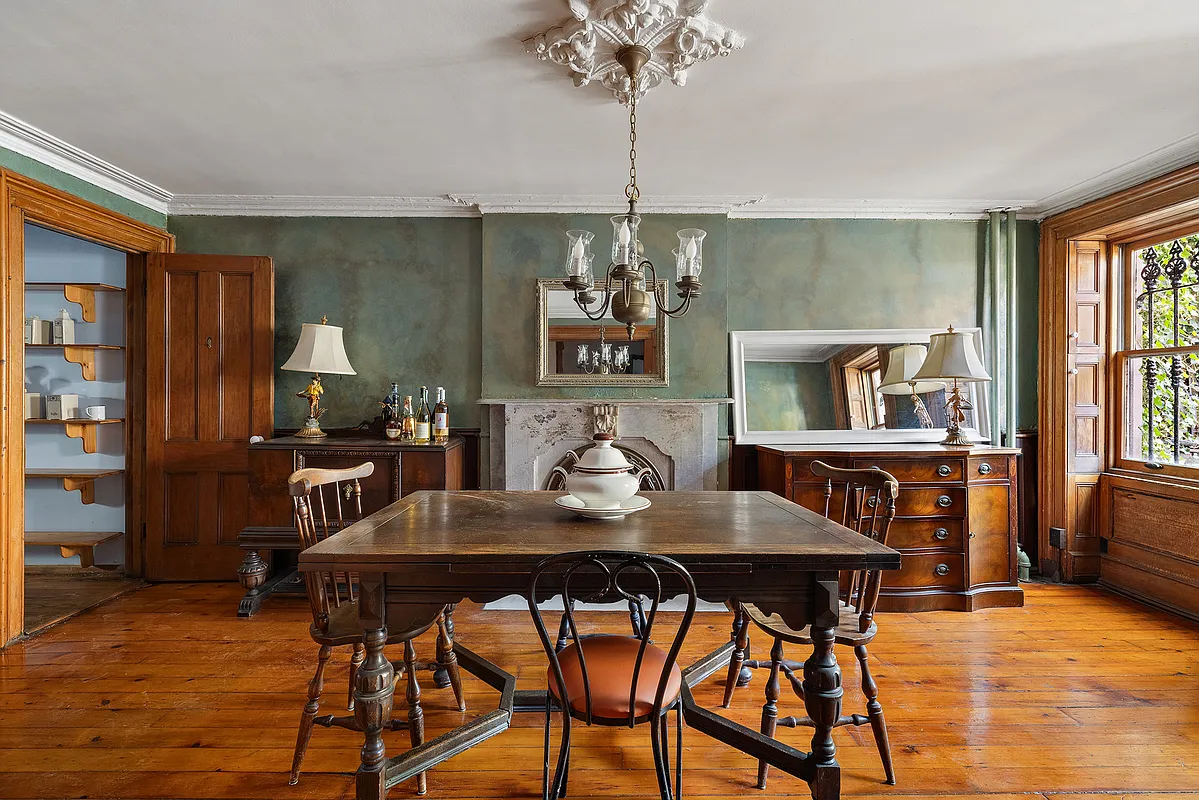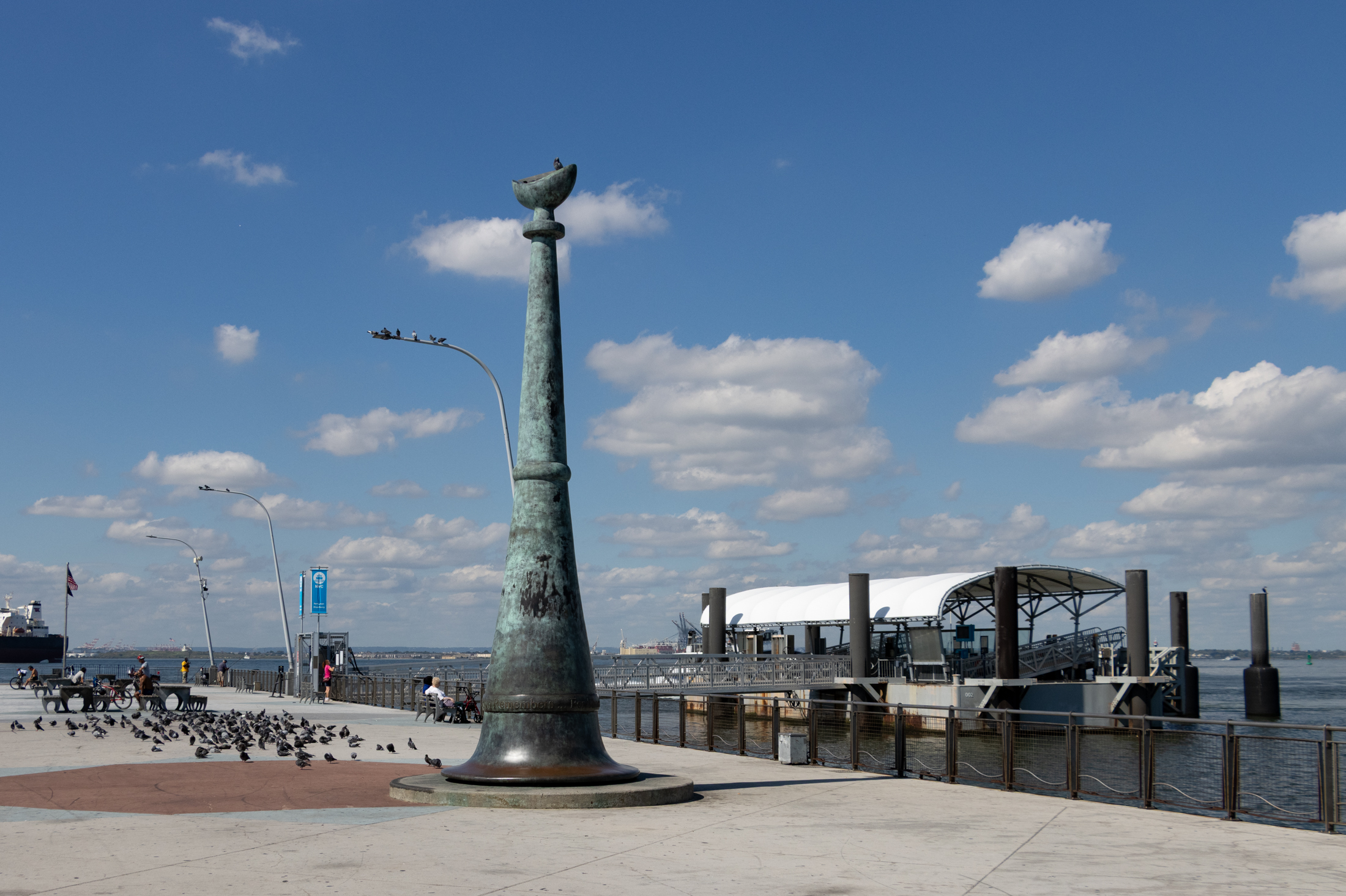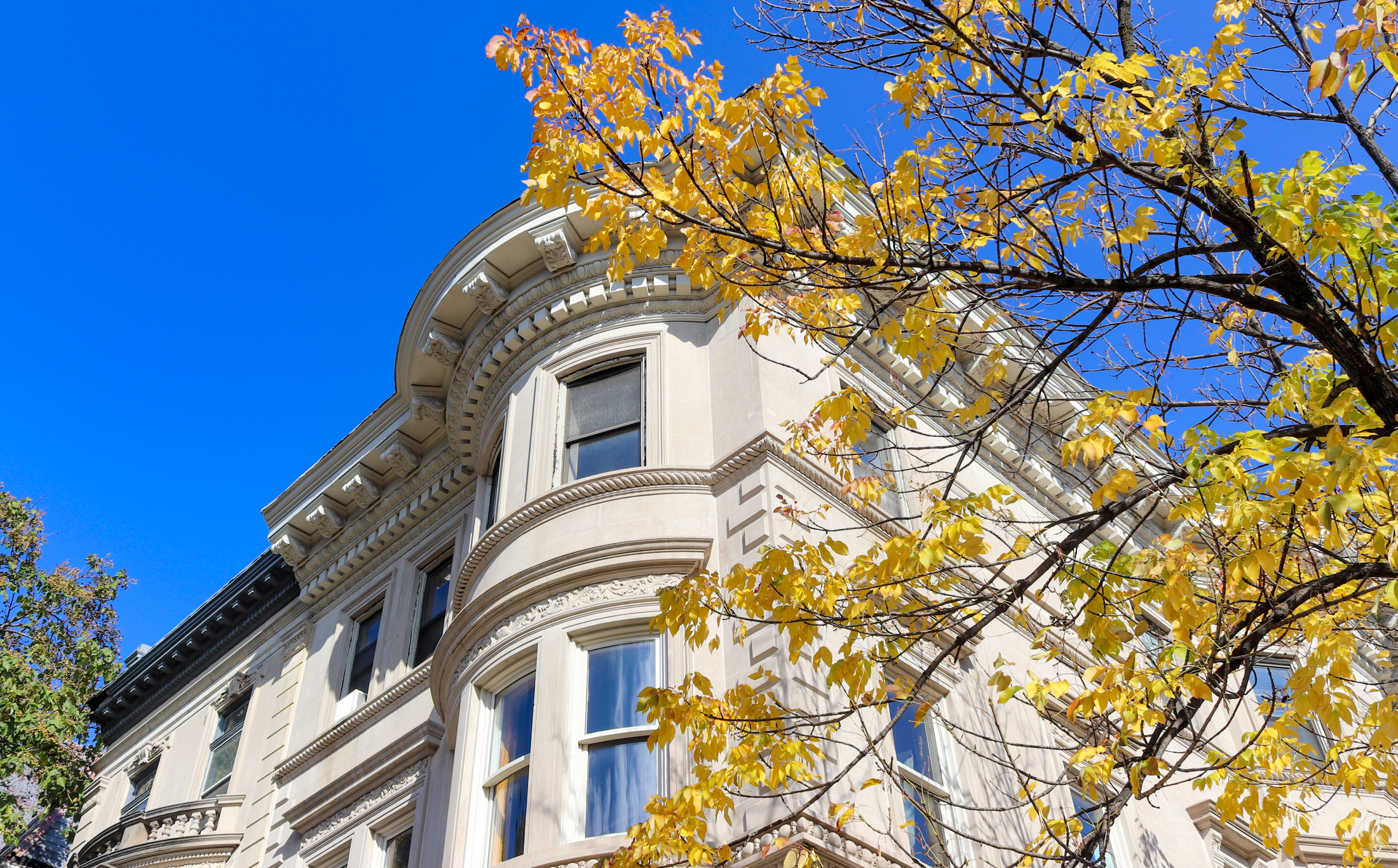There Was Hand-Wringing Six Years Ago Too
We came across a 1999 article by John McCrory (who’s been blogging for longer than it’s been called that) that’s both funny and enlightening to read in 2005. Concerned about the runaway prices in his neighborhood of Park Slope, McCrory decides to write a paper on gentrification and hyper-inflation. And we quote… Most observers agree…
We came across a 1999 article by John McCrory (who’s been blogging for longer than it’s been called that) that’s both funny and enlightening to read in 2005. Concerned about the runaway prices in his neighborhood of Park Slope, McCrory decides to write a paper on gentrification and hyper-inflation. And we quote…
Most observers agree that the recent wave of hyper-inflation in Park Slope is the result of intense new demand from households in the upper-income brackets. “You have a huge demand and a limited supply,” says Steve Sommers, who sells real estate in Park Slope. Even buyers ready to spend $500,000, he says, are unable to find property. Feeding the buying frenzy are “the people with bucks who have been made wealthy by the stock market.” Tim Ross, Ph.D., a researcher for the Center for Urban Research, also says the current wave of hyper-inflation results from Wall Street profits. He says the hypercompetitive housing market in Manhattan has forced many well-paid professionals to look to the outer boroughs. When they do, they limit their search to just a few attractive neighborhoods, of which Park Slope is one of the most prominent. “These folks simply won’t think of living in vast swaths of the city,” says Ross, “so their demand is focused narrowly on just a handful of neighborhoods.
Gentrification in Brooklyn [John McCrory]





Stories on gentrification in Pk Slope are probably at least as old as Mr and Mrs Brownstoner.
I once saw a documentary – probably on Ch13 from
’70s – protest march on 7th Ave. against displacement.
All these articles are tiresome rehash-
ParkSlope would rival Hamptons and no one would be left in Manhattan because they ‘discovered’
some new nabe.
Did anyone see that Barbara Corcoran has named Astoria as one of the top places for retirement? Queens may really be up and coming…or she just wants to drive the prices up there too.
Hey escap, we’re not against development, we’re against ugly development. Big difference. The reason it may feel like we’re anti-development is that Brooklyn’s developers haven’t given us much to cheer about.
There are no beautiful bldgs in bburgh, and that area has been hot for years. No necessary connection between landmark and appeal. Hey, according to the NYT even the So Bronx is now trendy, so to me the next logical step seems Queens, since it’s currently affordable and close to midtown.
Serously, brownstowner, this is one of your most “no duh” posts I’ve seen. There was handwringing 200 years ago, for goodness sakes. There are those who want to turn back the clock or at least freeze it in time, and those who are willing to roll with the good and bad that comes with change. I hope this apparent revelation makes you reconsider your embrace of preservation over development, but I’m not counting on it.
Queens – what are the really desirable neighborhoods, architecturally speaking? I mean really distinctive, other than far flung Kew Gardens or Forest Hills. Beautiful, but who wants that commute? Astoria Village has some beautiful homes, but they are not protected by landmarks and are being torn down at a painfully alarming rate.
Love it!
Queens
Yes well, now that Brooklyn is the new Manhattan, or so it’s been said, which neighborhoods have become the new Brooklyn (i.e. Park Slope, Brooklyn Heights, Cobble Hill). Answer: Ditmas Park, Clinton Hill, Fort Greene, to name just a few…
And the Brooklyn of two years from now? Gowanus? Sunset Park? Kensington? You tell me.